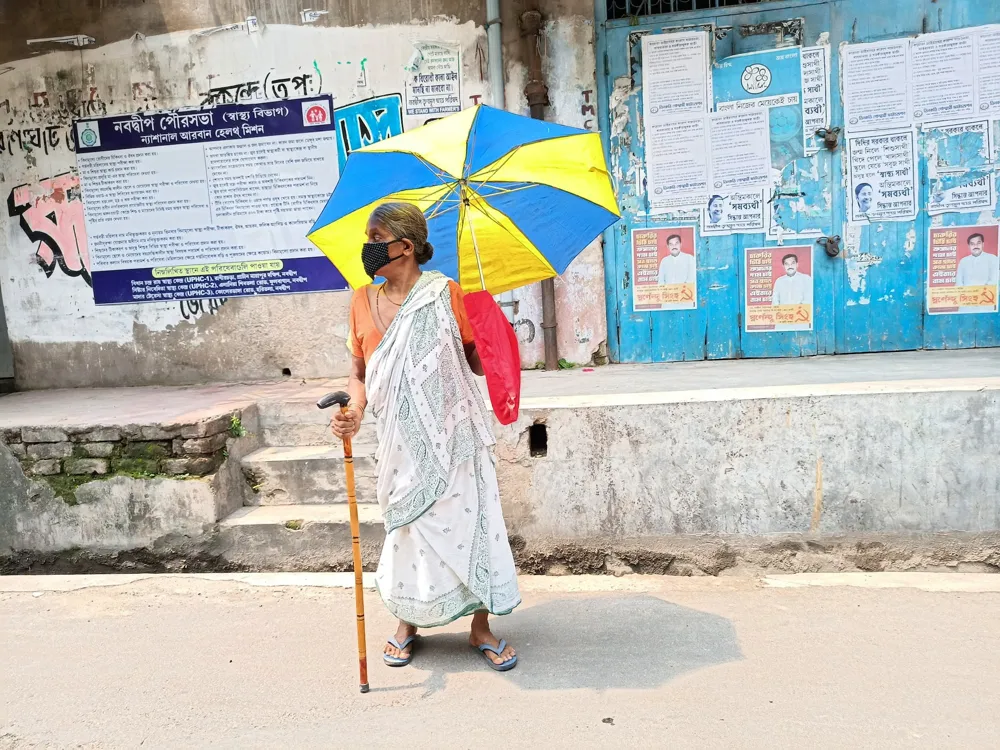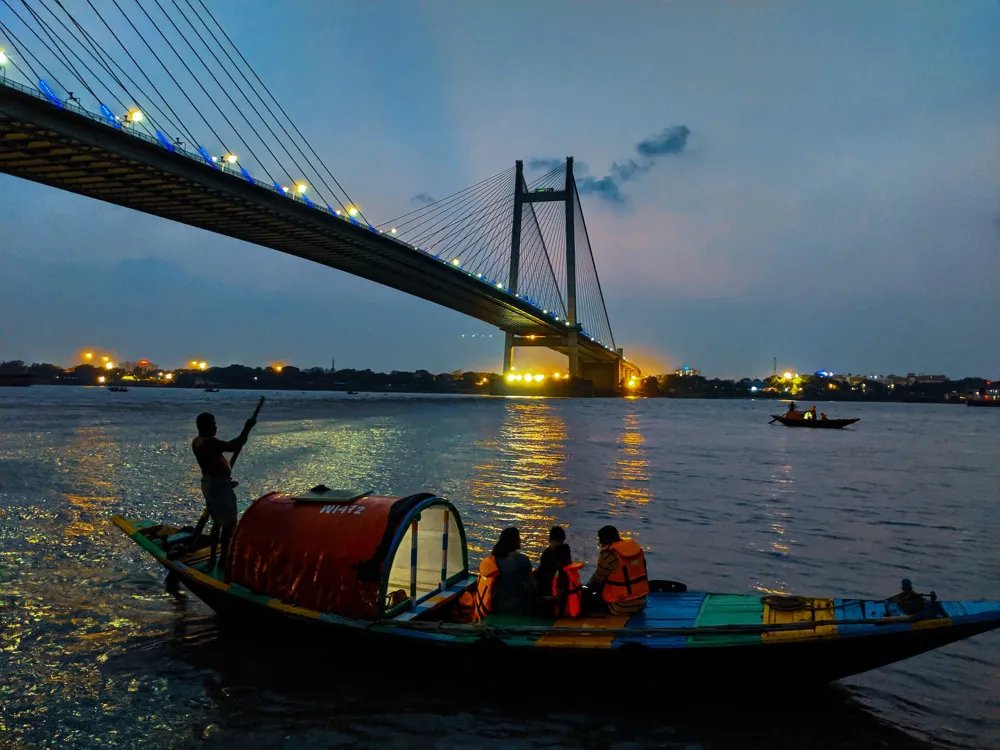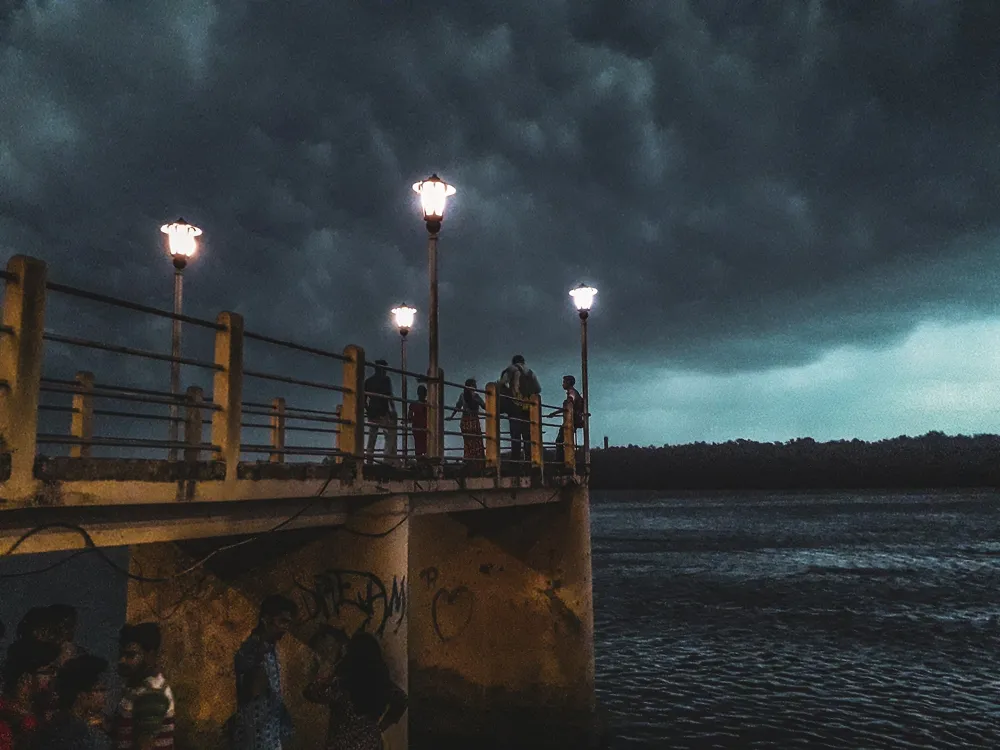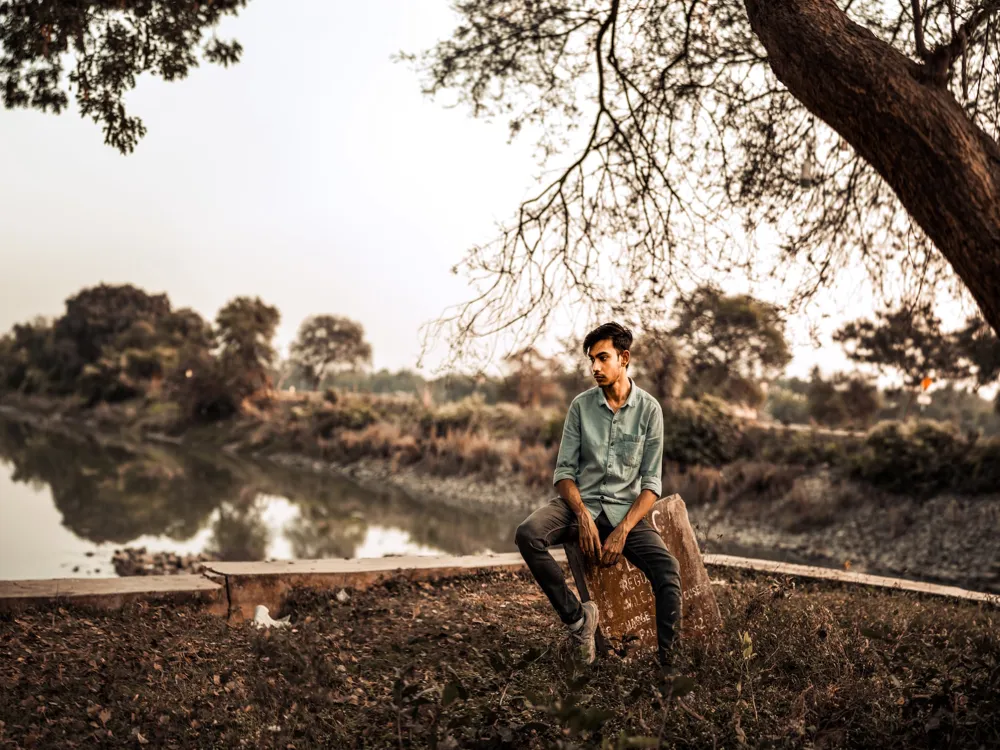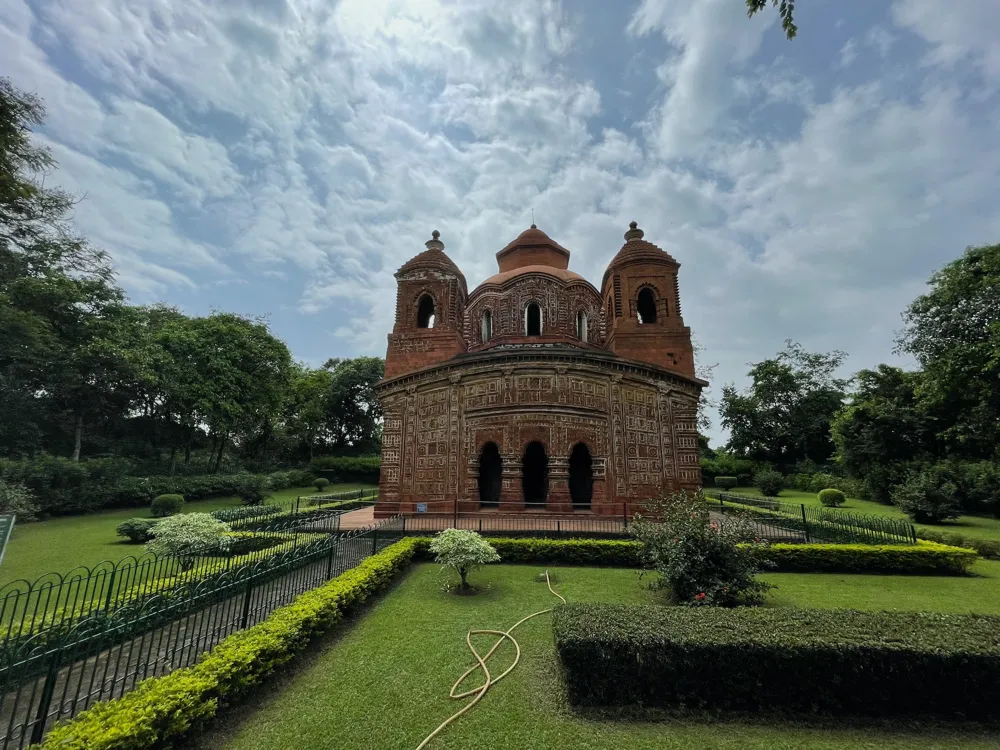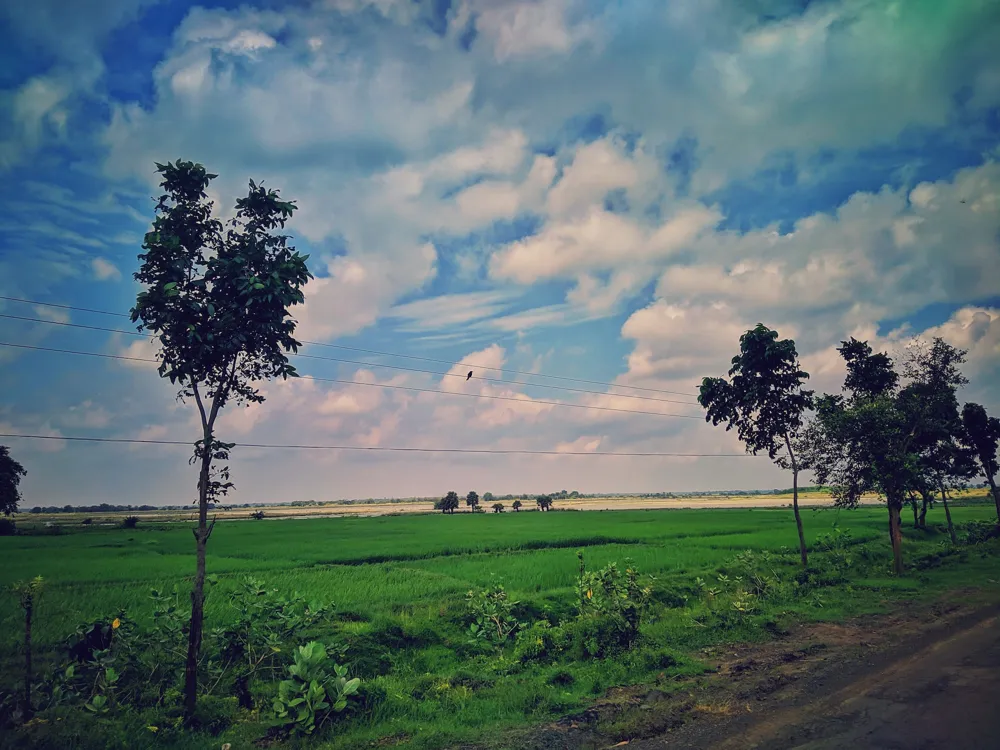Chand Kazi's Samadhi, located in the spiritual town of Mayapur in West Bengal, India, is a significant historical and religious landmark. This sacred site marks the final resting place of Chand Kazi, a noted figure in the history of Bengal during the 16th century. Chand Kazi, originally a staunch opponent of the burgeoning Gaudiya Vaishnavism, had a transformative encounter with Sri Chaitanya Mahaprabhu, the founder of this spiritual movement. This encounter led to a dramatic change in his beliefs and he became a devoted follower of Sri Chaitanya. Chand Kazi's Samadhi thus symbolizes a powerful message of spiritual transformation and religious harmony.
Mayapur, the birthplace of Sri Chaitanya Mahaprabhu, is a hub of spiritual activity and a revered pilgrimage site for devotees from around the world. The town is nestled on the banks of the Ganges River and exudes a serene, mystical atmosphere. Chand Kazi's Samadhi is situated amidst this spiritual landscape, drawing visitors who seek to experience the historical and religious essence of Mayapur. The samadhi itself is a testament to the rich cultural and religious tapestry of Bengal and plays a vital role in preserving the legacy of Gaudiya Vaishnavism.
The architecture of Chand Kazi's Samadhi is a magnificent representation of the traditional Bengal style, blended with influences from Islamic and Hindu design principles. The structure, predominantly made of terracotta, stands out with its intricate carvings and ornate decorations. The samadhi is characterized by a dome-shaped top, a common feature in Islamic architecture, symbolizing the sky and the heavens. This dome is adorned with patterns and motifs that reflect both Islamic and Vaishnava artistic influences, creating a unique visual harmony.
One of the most striking features of the samadhi is its detailed terracotta panels. These panels depict various scenes from the life of Sri Chaitanya Mahaprabhu, along with representations of nature and celestial beings. The craftsmanship of these panels is a testament to the skill and artistic prowess of the local artisans of Bengal. The use of terracotta, a traditional building material in Bengal, adds a rustic charm to the structure and connects it to the region's cultural heritage.
Visitors should dress conservatively as the site is a place of religious significance. Traditional Indian attire or modest western clothing is recommended.
Maintain a respectful demeanor throughout your visit. It's important to observe silence and avoid disruptive behavior in and around the samadhi.
While photography may be allowed, it's essential to check with the site authorities. Be mindful not to disturb other visitors or the sanctity of the place while taking photos.
Consider taking a guided tour for a more insightful experience. Guides can provide detailed information about the history and architecture of the samadhi.
Chand Kazi's Samadhi is accessible by various modes of transportation. The nearest major city is Kolkata, which is well-connected by air, rail, and road. From Kolkata, visitors can take a train or bus to Krishnanagar, followed by a local taxi or rickshaw to Mayapur. Alternatively, direct taxis or rental cars from Kolkata to Mayapur are also available, offering a more comfortable journey. The journey provides an opportunity to witness the scenic beauty and cultural landscape of West Bengal.
Overview of Chand Kazi's Samadhi in Mayapur, West Bengal
Architecture of Chand Kazi's Samadhi
Tips When Visiting Chand Kazi's Samadhi
Dress Appropriately
Respect the Sanctity of the Site
Photography Guidelines
Guided Tours
How To Reach Chand Kazi's Samadhi
Chand Kazi's Samadhi
Mayapur
West Bengal
NaN onwards
View mayapur Packages
Mayapur Travel Packages
View All Packages For Mayapur
Top Hotel Collections for Mayapur

Private Pool

Luxury Hotels

5-Star Hotels

Pet Friendly
Top Hotels Near Mayapur
Other Top Ranking Places In Mayapur
View All Places To Visit In mayapur
View mayapur Packages
Mayapur Travel Packages
View All Packages For Mayapur
Top Hotel Collections for Mayapur

Private Pool

Luxury Hotels

5-Star Hotels

Pet Friendly











